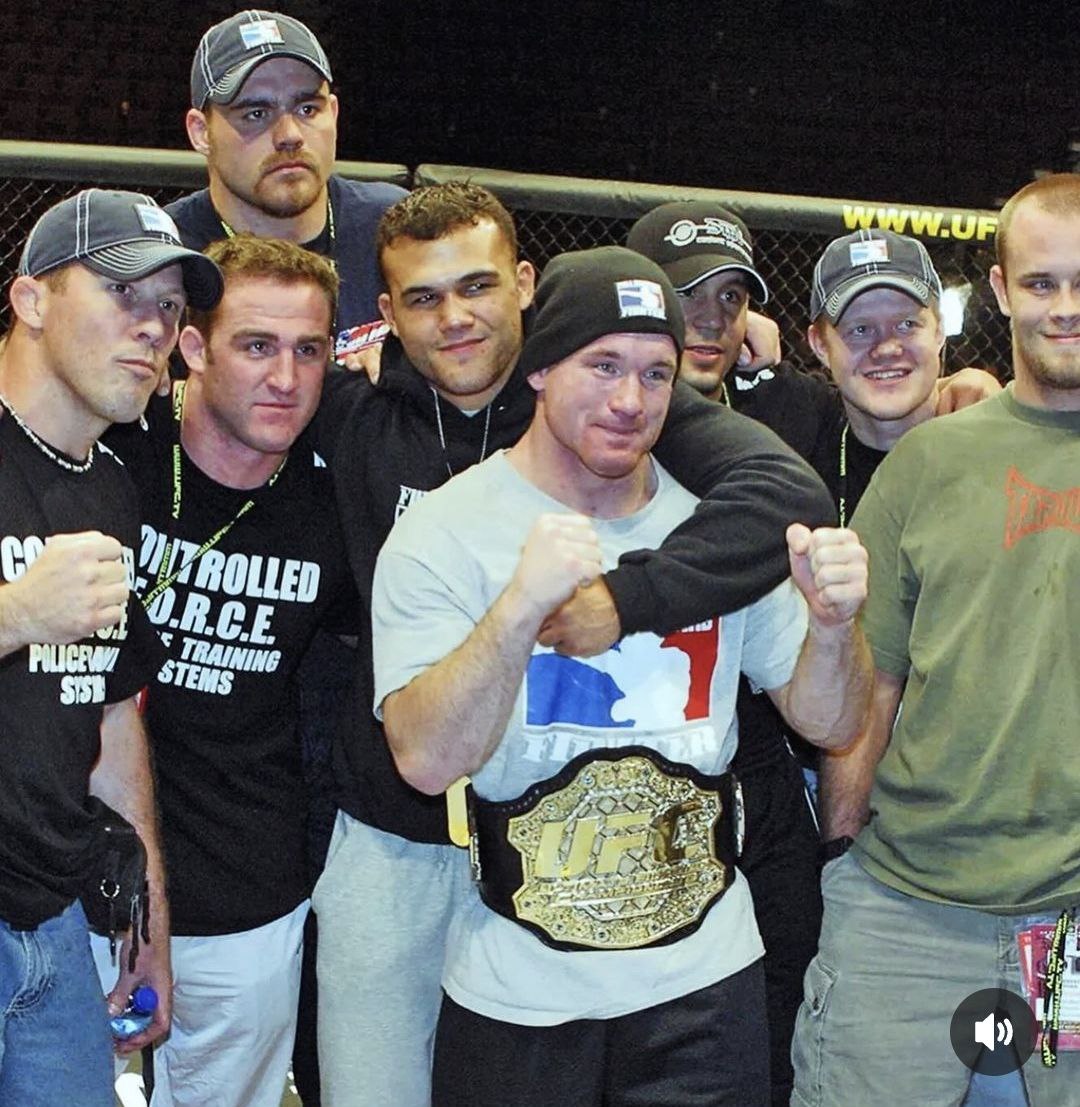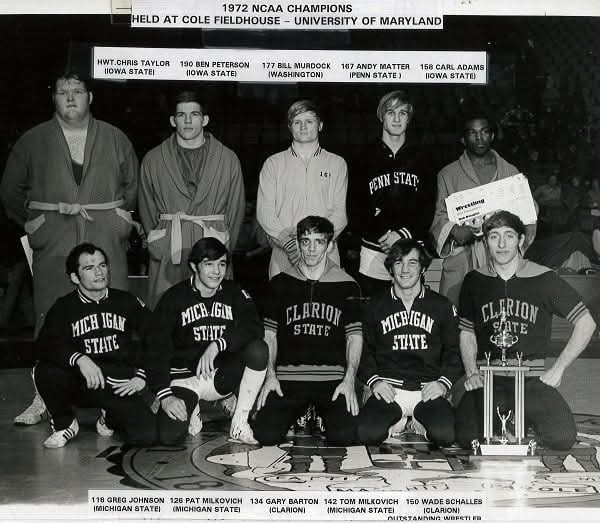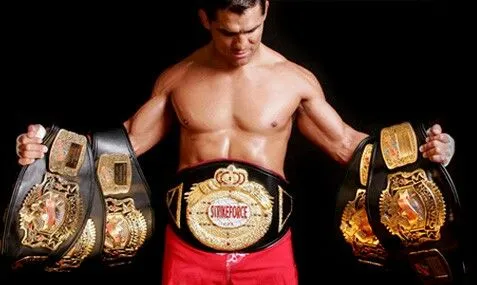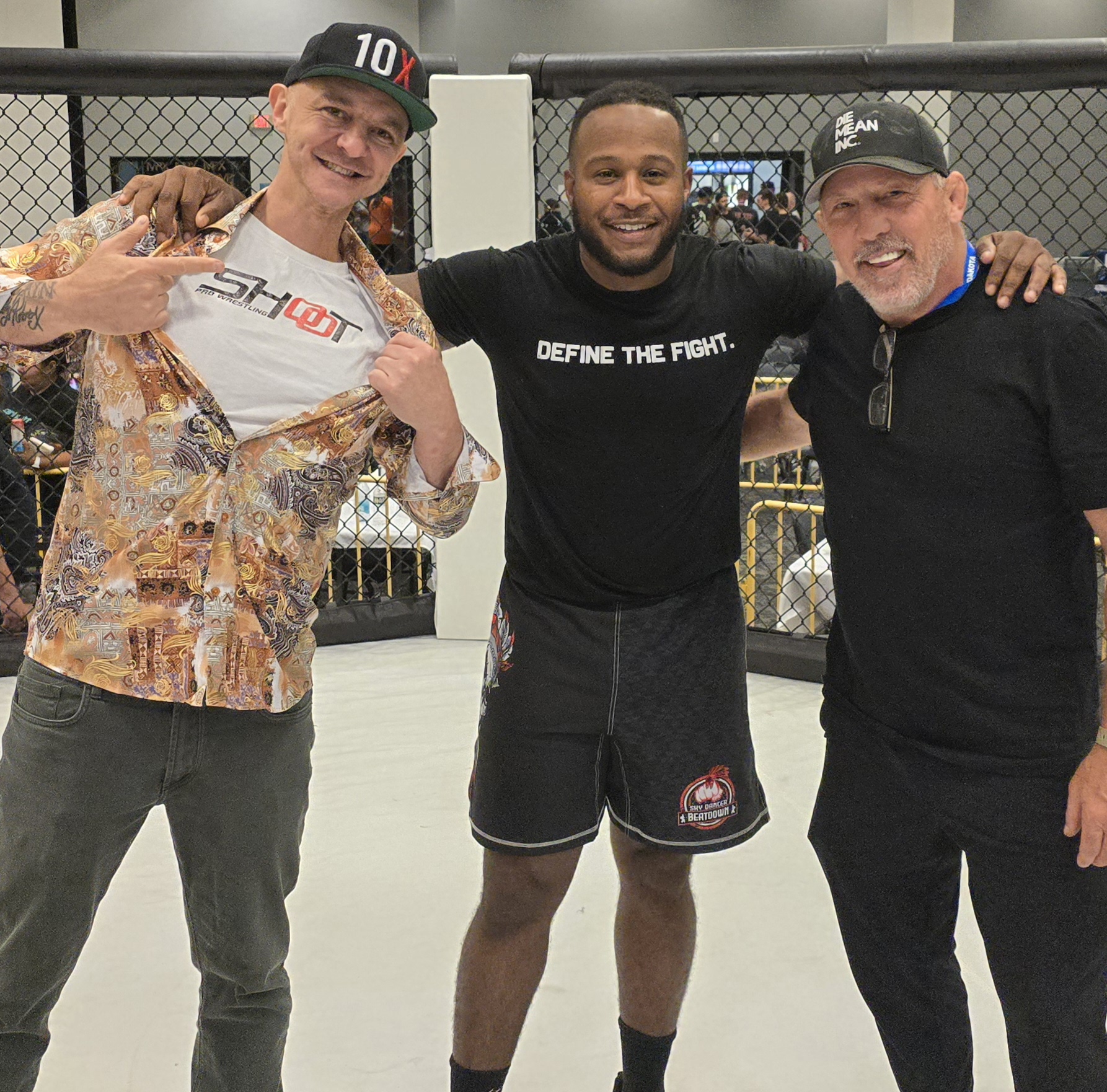
Catch Wrestling Isn’t Dead—It’s Everywhere
Why Folkstyle and Freestyle Are Catch-as-Catch-Can
Catch-as-catch-can wrestling isn't dead—in fact, it's everywhere. Variants like American Folkstyle and Olympic Freestyle are thriving. Millions of wrestlers around the world are already training catch, whether they realize it or not.
What Is Catch-as-Catch-Can?
Born in Lancashire, England, catch meant you could “catch a hold as you can.”
Allowed below-the-waist/leg attacks, pins, ground work, and submissions.
Spread globally through carnivals, miners, immigrants, and soldiers.
Made famous in America by legends like Farmer Burns and Frank Gotch
Folkstyle = Catch for Schools
Early 20th century: U.S. schools needed a safe wrestling program.
Solution: Strip out submissions to protect students.
Kept: Pins, control, rides, cradles—all pure catch.
Result: Folkstyle is simply catch wrestling with the hooks removed.

Freestyle = Catch for the Olympics
Origin: Amateur athletic unions and Olympic committees needed international rules.
Solution: Standardize weight classes, ban submissions, regulate time limits.
Kept: Takedowns, ground work, pins, leg attacks.
Result: Freestyle is regulated catch wrestling for global competition.
Technique Doesn't Lie
The core arsenal of Folkstyle and Freestyle = Catch:
Cradle
Half nelson
Crossface
Chicken wing / bar arm
Leg rides
Snap downs, body locks, mat rides
“Every cradle in a high school gym is catch wrestling echoing through history.”
⚡Think you're “just” a Folkstyle or Freestyle wrestler? You're already training catch. Why not claim the full legacy?
👉 Join Scientific Wrestling as an Affiliate Gym and unlock the techniques, history, and network that made wrestling the world's toughest sport.
The Global Scale of Catch
6+ million Folkstyle athletes in America.
Hundreds of thousands of Freestyle competitors worldwide.
Catch DNA also powers variants like MMA (Shooto and Pancrase predate UFC), nogi BJJ, submission grappling, and theatrical pro-wrestling.

Catch is not niche. Catch is the most practiced combat sport base on the planet. It is quantifiably the most impactful sport in history if you count the sheer number of fans, athletes, coaches, and promoters across all variants since its inception in the 1870s.
The Only Real Difference? Evolving Rulesets.
Catch = pins + submissions.
Folkstyle = pins + no submissions.
Freestyle = pins + international scoring tweaks.
Takeaway: The rulebook changes, but the DNA doesn't.
Why This Matters
History: Catch-as-catch-can is the trunk of the tree—Folkstyle, Freestyle, MMA, grappling, pro-wrestling, etc. are the branches.
Identity: Folkstyle and Freestyle wrestlers are already part of the catch family, and dominate in branches like MMA, grappling, and pro-wrestling.
Future: Bringing submissions back into the mix reunites grappling under one legacy, see SHOOT PRO WRESTLING.

Final Word: Catch wrestling isn't gone. It's ubiquitous.
Folkstyle is catch, stripped down for schools.
Freestyle is catch, standardized for the Olympics.
Before re-branding, both were originally known as Amateur Catch-as-Catch-Can.
Every pin, ride, and cradle connects directly to Gotch, Burns, and the Lancashire pits.
Catch isn't dead. Catch is alive, global, and it's time to reclaim it.
🔥 If you're serious about wrestling's true legacy, don't just watch from the sidelines.
Train with us at CatchCon Vegas!.
Represent the sport as an Affiliate Gym.
Or step into history with Shoot Pro Wrestling—the future of real competitive pro wrestling.

👉 Learn more exploring all the knowledge at ScientificWrestling.com


